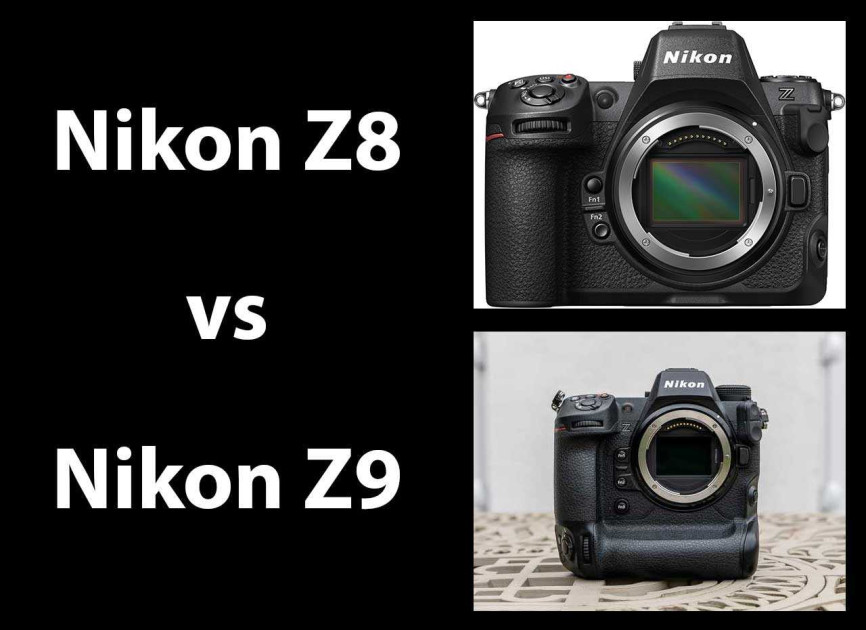
The Nikon Z9 was first announced on October 28, 2021 as a new flagship 35mm full-frame mirrorless camera. Fast forward 18 months and the new Nikon Z8 has arrived, which sits just below the Z9 in the Nikon pecking order.
Now that we know everything about the Z8 and Z9 cameras, it’s clear that they actually share a lot of similarities when it comes to their core specifications and features, so which one should you pick?
We’re bringing you this in-depth Nikon Z8 vs Nikon Z9 head-to-head comparison to help you choose between these two full-frame mirrorless cameras.
You can also read our detailed Nikon Z9 review to find out exactly what we think of it.
Sensor and Processor
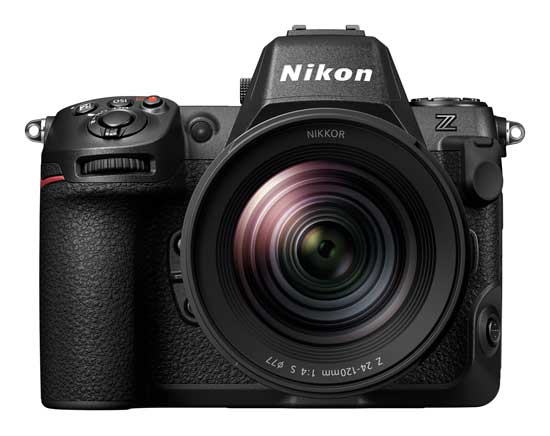
Both the Nikon Z8 and Nikon Z9 use exactly the same 45.7 megapixel stacked BSI CMOS image sensor and EXPEED 7 processor, so they offer exactly the same image quality as each other.
A stacked sensor improves the image quality with higher pixel numbers compared to a conventional CMOS sensor, increases the imaging speed for faster burst shooting, and improves the low-light-imaging capability.
ISO Range
The native ISO range of both the Nikon Z8 and the Nikon Z9 is 64 to 25,600, which can be expanded down to ISO 32 and up to 102,400.
Video Recording
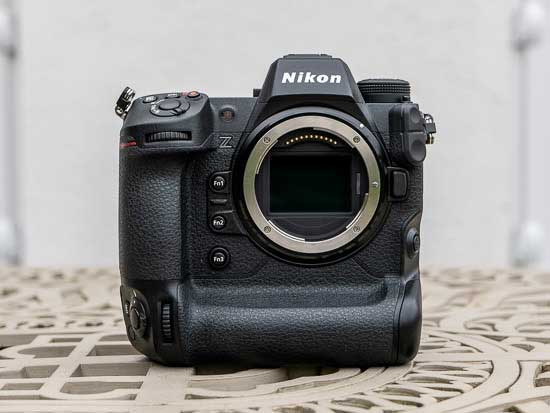
The Z9 was the first ever Nikon camera to offer 8K recording – UHD 8K 60p/30p/24p video can be recorded with no crop – and the new Z8 follows suit by becoming the second Nikon camera to support 8K.
If you’re primarily interested in 4K UHD, both cameras offer a variety of frame rates up to 120p, again using the entirety of the frame with no crop factor, and 4K UHD video oversampled from 8K is possible when recording in the 30p/25p/24p modes for even greater sharpness and detail.
Internal recording with 10-bit color and 4:2:2 sampling is supported via the ProRes 422 HQ and H.265 codecs, and you can extract high-resolution still frames from 8K footage and save them as individual 33 megapixel JPEG files.
There is one key video difference between the two cameras – the Z9 supports unlimited recording in any mode, whereas the Z8 is limited to recording 8K/30p for 90 minutes and 4K/60p for over 2 hours without overheating.
Burst Shooting
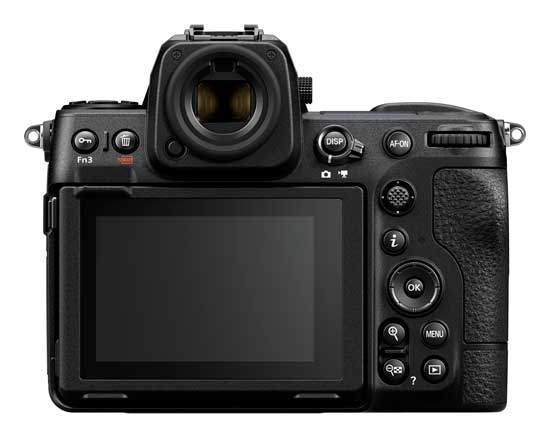
The Nikon Z8 And Z9 offer exactly the same burst shooting rates, which vary from 120fps to 20fps depending on the file format.
Both cameras offer 120fps burst shooting – yes, 120fps – but only at 11 megapixel resolution.
If you choose to shoot full-resolution 45 megapixel JPEGs, the rate drops to a still impressive 30fps, and then down again to 20fps for full-resolution 45 megapixel Raw files.
Autofocus

Both the Z8 and Z9 feature Nikon’s most advanced auto-focusing system.
They have a 493-point phase-detection AF system which includes 405 auto-area AF points, with 100% frame coverage.
Impressively the Nikon Z8 and Z9 can focus in light levels as low as -9EV when used in the Starlight mode.
Thanks to the Expeed 7 processor, both cameras offers the same range of deep-learning artificial intelligence based AF tracking modes.
Subject tracking works for humans, dogs, cats and birds, the latter even in flight, plus vehicles, including planes, trains, bicycles and motorbikes.
What’s more, if the driver is wearing a helmet, the AF system will lock on to that, ensuring that the most important subject is in focus.
The new Z8 rather surprisingly additionally recognises aircraft as a subject – either the whole body, front or the cockpit.
We expect this new feature to make it onto the Z9 via a firmware upgrade, but for now the Z8 is the only Nikon camera to offer it.
Body and Design
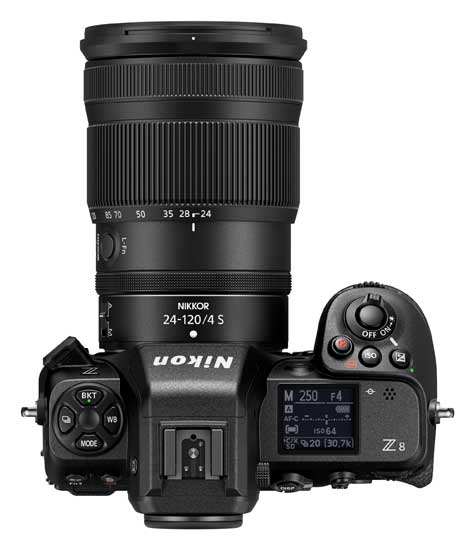
This is by far the biggest difference between the new Nikon Z8 and 2022’s Nikon Z9.
The Nikon Z9 takes a markedly different approach to the new Z8 by featuring an integrated grip with duplicated vertical controls.
It closely mimics its DSLR counterpart, the Nikon D6, in a bid to be instantly familiar to those comparable users who want to switch over to mirrorless.
The Z9 is therefore significantly larger than the Z8 which now sits below it in the range, as the new model does not have a dual-grip design.
As you’d expect, this makes the new Z8 a lot smaller and lighter than the Z9 – officially, it’s 30% smaller and 430g lighter than the Z9.
Compared to the D850 DSLR, which Nikon are directly comparing the Z8 to, the new camera is 15% smaller and 95g lighter.
The Nikon Z8 can still be used with an optional battery grip (the MB-N12), instead of having one integrated into the body, if you’d prefer to have a larger body with portrait controls and extended battery life.
As a direct consequence of the dual/single grip design, the Z9 naturally offers a greater number of programmable buttons, giving it the edge when it comes to setting it up to suit your particular way of working.
The Nikon Z8 does offer something that even the Z9 doesn’t feature, though, namely not one but two USB terminals.
There’s the usual USB-C charging terminal plus a new super-speed USB communication terminal which makes the Z8 the first Nikon camera to feature USB-C to ethernet connectivity via an adapter (not supplied).
Weather Resistance
Both the Nikon Z8 and Z9 have a magnesium alloy body that is both dust- and weather-resistant, just like the D6 DSLR, with all three cameras offering the same level of weather-proofing as each other.
IBIS
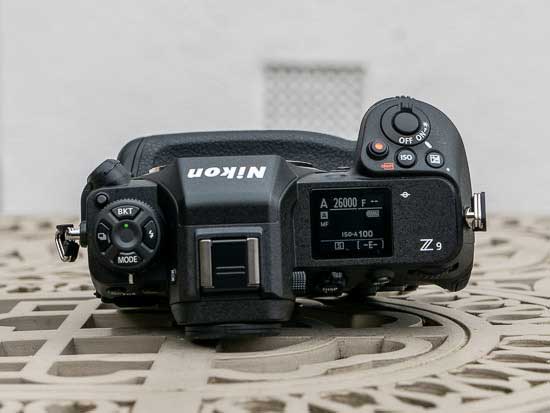
Both cameras have the same excellent in-body five-axis image stabilisation system which provides up to 6 stops of compensation when paired with certain Z-series lenses that also have their own built-in Vibration Reduction (VR) system.
Both the Z9 and Z8 can also stabilise older, non-VR lenses including any F-mount lens that is mounted on it via the Nikon FTZ mount adapter.
The stabilisation system will also work with lenses from other manufacturers – you just need to input the focal length into the camera’s menu system.
Viewfinder
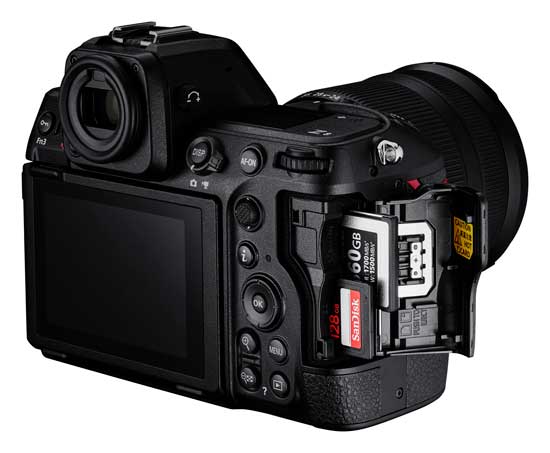
Both the Z8 and Z9 use the same black-out free, 3690k-dot, 0.8x-magnification OLED electronic viewfinder that refreshes at 120fps, perfect for tracking your subject whilst shooting at up to 30fps.
LCD Screen
Both cameras share a four-axis vertically and horizontally tilting 3.2-inch, 2,100K-dot touch-screen LCD screen.
Whilst not quite as versatile as a fully articulating, vari-angle LCD screen, the Z9’s screen works very well for both portrait or landscape-orientation shooting.
You can tilt it upwards to face you in either mode, whilst still being centrally located which make it easier to compose with than a screen that flips out to the side.
Memory Cards
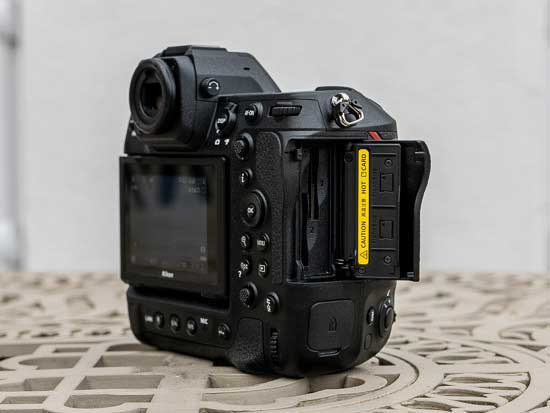
The Nikon Z8 has one UHS-II SD card slot and one ultra-high speed CFexpress Type B slot, so it doesn’t follow the lead of the Z9 which has two CFexpress slots.
The memory card format is an important part of using the Z8 and Z9, supporting the 8K video recording, burst shooting and speedy performance, so you ideally need to use a CFexpress card that supports in excess of 1500Mbps write speeds to get the best out of them.
Battery Life
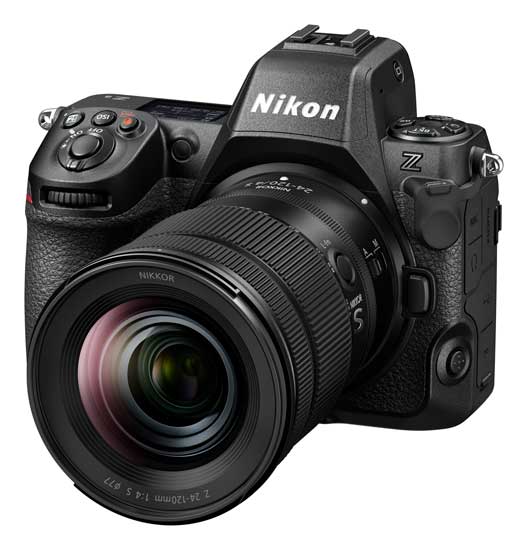
This is one of the few key differences between the two cameras, other than their size.
The Z9 uses a EN-EL18d battery, with a CIPA-rated 700 shots maximum achievable from a full charge.
The new Z8 uses the much smaller capacity EN-EL15C battery that’s also used by the Z7 II, Z6 II and Z5 cameras, providing a CIPA-rated 300 shots maximum achievable from a full charge.
Price
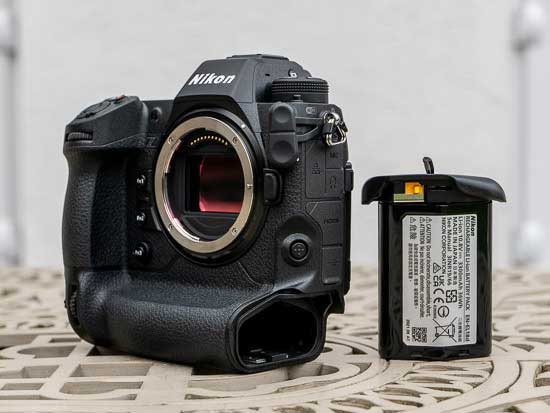
The price of the new Nikon Z8 is surprising, thankfully in a good way – Nikon have aggressively priced it at £3,999 / $3,999 body only.
This significantly undercuts the Nikon Z9, which retails for around £5,299 / $5,499 body only.
Conclusion
The new Nikon Z8 takes almost everything that we loved about the flagship Z9 and squeezes it into a much smaller, lighter and crucially significantly cheaper body.
So what do you think? Would you choose the new Nikon Z8 or the Nikon Z9, and why? Leave a comment below!
Your Comments
Credit : Source Post



